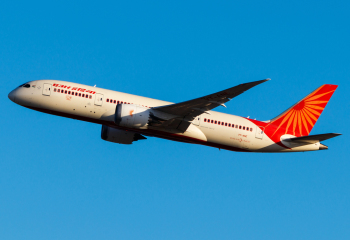A second airport will soon serve Mumbai alongside the existing Chhatrapati Shivaji Maharaj International Airport (BOM). An airport is currently under construction in the neighboring city of Navi Mumbai. Navi Mumbai International Airport aims to serve the rapidly growing population of the Mumbai region. As Mumbai grows in global importance, two airports are necessary for the city to achieve its economic potential.
The project is taking place in multiple phases, with the first runway launching in late 2024 and the entire project slated for completion in 2032. Navi Mumbai International Airport will have a capacity of 20 million annual passengers after the first phase and 90 million passengers at project completion. The developers and Mumbai's government expect the project to reduce pressure on the city's existing airport, which serves almost 50 million annual passengers.
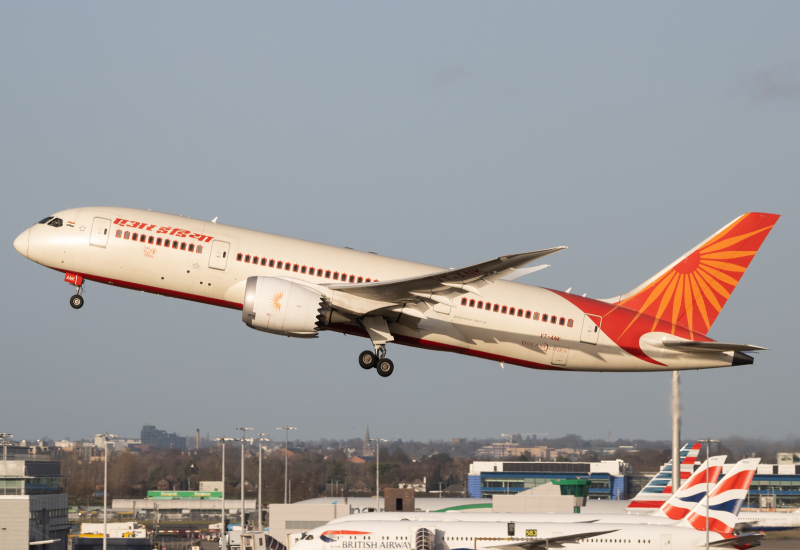
Mumbai's primary airport is a hub for three of India's largest airlines by passenger numbers: IndiGo, Air India, and SpiceJet. The airport offers domestic flights across India and international flights to destinations in Asia, Africa, Europe, the Middle East, and North America. It is currently unknown which airlines and destinations will receive Navi Mumbai International Airport service.
Development of the Navi Mumbai airport started in 2017, with construction itself beginning in August 2021. Navi Mumbai International Airport Limited (NMIAL) is executing the ₹16,700 crore ($2.1 billion) project. NMIAL is a joint venture between the Adani Group and City and Industrial Development Corporation (CIDCO). The Adani Group has significant experience in the aviation industry through their investments in airports in Lucknow, Mangalore, Thiruvananthapuram, Guwahati, Ahmedabad, and Jaipur.
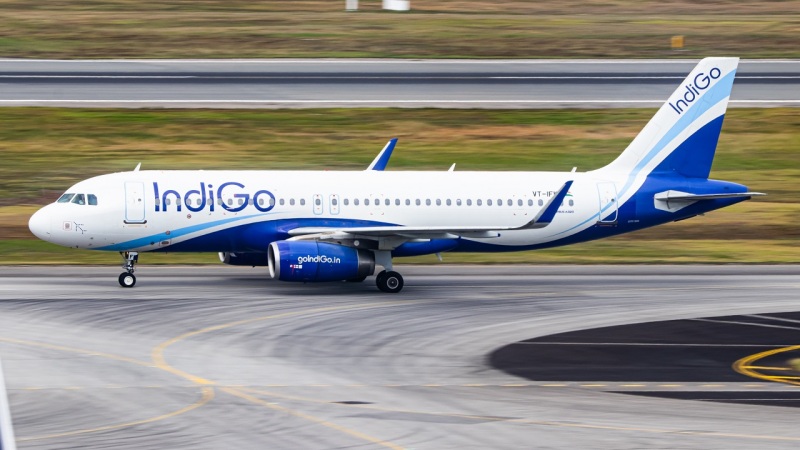
Navi Mumbai International Airport will serve as a multimodal facility by providing connectivity to other forms of transportation, including the existing road and rail systems. This benefits passengers from Mumbai who use different methods to access the airport.
Navi Mumbai International Airport will be visually striking and aesthetically pleasing when viewed from above. India's national flower, the lotus, will appear prominently in the airport's design. Zaha Hadid Architects will design the passenger terminals and the air traffic control tower. Zaha Hadid Architects is a London-based architecture and design firm with significant experience in the aviation sector. The firm's previous and upcoming projects include the Beijing Daxing International Airport (PKX) terminal building and Western Sydney Airport (WSI).
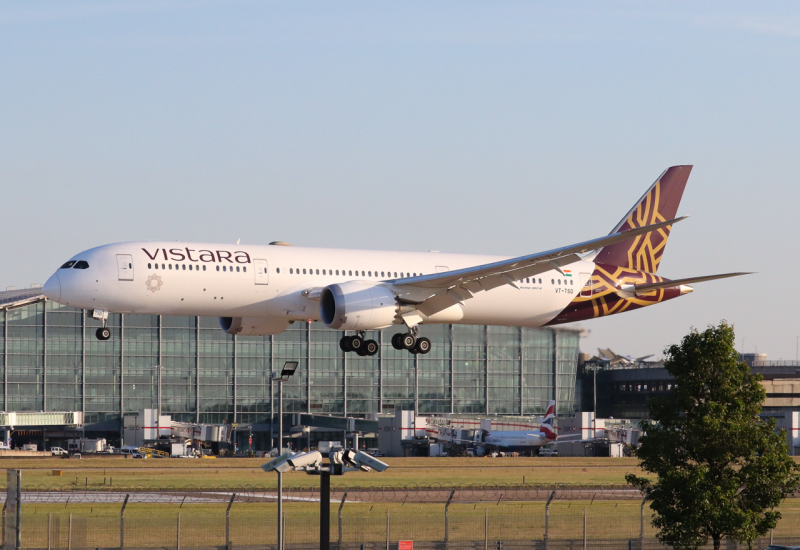
Navi Mumbai International Airport will have three interconnected terminals, each with a lotus-themed aesthetic. There will be a variety of amenities to provide passengers with a robust travel experience. Furthermore, the airport will include a dedicated terminal for budget airlines designed to handle two million annual passengers in the first phase. The airport will span a large area of 720,000 square feet, with the terminal covering 180,000 square feet and enough parking spaces to accommodate ten Boeing 737-700 aircraft.
The developers behind Navi Mumbai International Airport acknowledged the aviation industry's commitment to net zero emissions by 2050 by incorporating sustainability into its design. The airport will have environmentally friendly technology, including energy-efficient systems, electric vehicles, and solar power. Mumbai's existing airport has already made significant progress in the sustainability realm; the airport is now 100% powered by renewable sources such as wind and solar. Navi Mumbai International Airport will only help India meet its climate and sustainability goals.
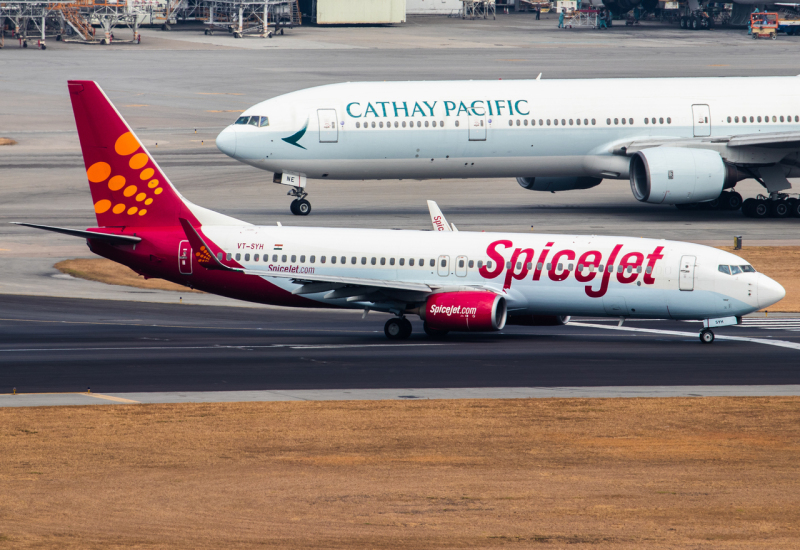
However, Navi Mumbai International Airport's location has attracted criticism from aviation experts and environmental activists. The airport will be near two major bird sanctuaries and the feeding spots of migratory birds. The site makes aircraft more vulnerable to bird strikes, an incident that has occurred multiple times in recent months. The airport's construction involves removing some of the natural habitats home to more than 200 species of birds. This land reclamation will only encourage birds to fly toward the airport and interrupt flight operations.
Despite the challenges, Navi Mumbai International Airport has significant potential. Many of the world's most powerful cities, including New York, London, and Tokyo, have multiple airports. One way for Mumbai to become a major global city is to improve its transportation infrastructure, making it easier for passengers to travel to and from Mumbai. Furthermore, India has the world's fifth-largest economy and will become the world's second-largest by 2050. A second airport in India's largest city, Mumbai, will help the country achieve its goals.
Emirates Dismisses Viral A330 Plane Crash Video as "Fabricated and Untrue" » Passengers Encounter Bedbug Infestation on Multiple Turkish Airlines Flights » Export Development Canada Secures Aircraft Repossession in Nigeria Under Cape Town Convention »
Comments (0)
Add Your Comment
SHARE
TAGS
NEWS India Mumbai Airports SustainabilityRECENTLY PUBLISHED
 Could You Survive a Plane Crash? The Unlikely Science of Plane Crash Survival
With air travel consistently being heralded as the safest form of public transport, most of us do not board a plane pondering our chances of survival in the event of a crash. But, is it possible to survive one?
INFORMATIONAL
READ MORE »
Could You Survive a Plane Crash? The Unlikely Science of Plane Crash Survival
With air travel consistently being heralded as the safest form of public transport, most of us do not board a plane pondering our chances of survival in the event of a crash. But, is it possible to survive one?
INFORMATIONAL
READ MORE »
 Maldivian Airlines Introduces First-Ever Widebody Aircraft, Plans New China Flights
Maldivian, the government-owned national airline of the Maldives, has just welcomed its first-ever wide body aircraft: the Airbus A330-200. With the new aircraft, the carrier also plans brand-new long haul international flights to China.
NEWS
READ MORE »
Maldivian Airlines Introduces First-Ever Widebody Aircraft, Plans New China Flights
Maldivian, the government-owned national airline of the Maldives, has just welcomed its first-ever wide body aircraft: the Airbus A330-200. With the new aircraft, the carrier also plans brand-new long haul international flights to China.
NEWS
READ MORE »
 Thousands of Flights Impacted as Winter Storm Blair Hits U.S.
Winter Storm Blair has unleashed a huge blast of snow, ice, and freezing temperatures across the Central and Eastern United States.
As of Sunday afternoon, over 6,700 flights and counting have been disrupted. This includes cancelations and significant delays leaving passengers scrambling to change flights and adjust travel plans.
NEWS
READ MORE »
Thousands of Flights Impacted as Winter Storm Blair Hits U.S.
Winter Storm Blair has unleashed a huge blast of snow, ice, and freezing temperatures across the Central and Eastern United States.
As of Sunday afternoon, over 6,700 flights and counting have been disrupted. This includes cancelations and significant delays leaving passengers scrambling to change flights and adjust travel plans.
NEWS
READ MORE »



